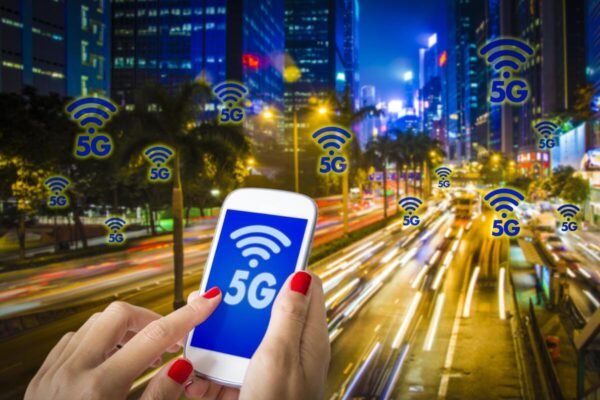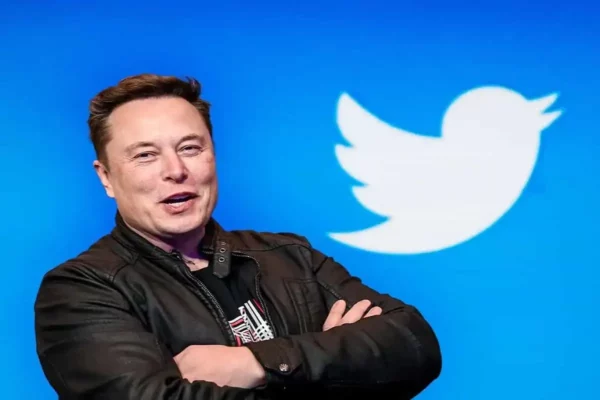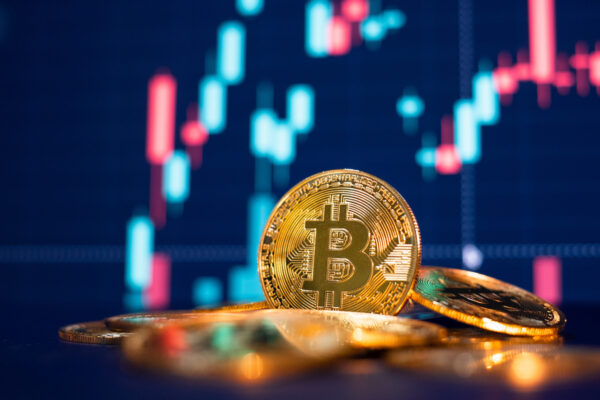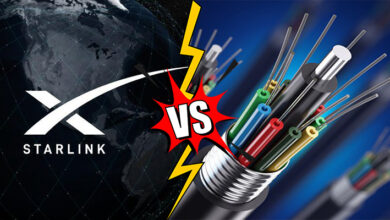Tech Trends That Defined 2022, From ChatGPT To 5G

Tech Trends That Defined 2022, From ChatGPT To 5G
The tech sector had a hit-and-miss year this year. For investors and authorities, the cryptocurrency fall served as both a severe blow and a wake-up call. The James Webb space telescope’s first pictures provided us with a glimpse of cosmic occurrences, including the birth and death of stars. The claims that Google LaMDA was becoming sentient and the excitement around the public release of the ChatGPT chatbot, which was powered by artificial intelligence (AI), also caused quite a stir.
The report also covered chip fabrication, web3, and the metaverse. Here are our top five picks for the technologies that will shape 2022. With so much to see and do in the field of technology, 2022 will be a year that no tech enthusiast will soon forget. Concurrently, the cryptocurrency market went into freefall, 5G was launched in India, and a chatbot called ChatGPT projected the future of artificial intelligence. Wordle also experienced a meteoric rise in popularity that year. This article will highlight the five most significant technological breakthroughs and trends expected to take place in 2022.
- 5G on the move

Telcos predict that 5G will alter businesses in the same manner that 4G did for consumers. The largest benefit of 5G is a reduction in latency, or the amount of time it takes for data to reach customers, from 20 milliseconds in 4G to about 1 millisecond. For example, many people would have enjoyed watching the Fifa World Cup 2022 over 5G networks. The first 5G rollouts occurred in South Korea and the US in 2019, and more than 70 other countries have since followed suit.
Bharti Airtel and Reliance Jio introduced 5G services in India in October. A report from GSMA Intelligence that was released in October claims that 5G might boost the Indian economy by $455 billion between 2023 and 2040. According to Ericsson’s Mobility report, which was released in November, India is predicted to have 31 million 5G customers by the end of the year. 67 million 5G smartphones have already been supplied by phone manufacturers, and 80 million are predicted by year’s end, according to IDC analysts.
-
Wordle
This simple web game was created by software programmer Josh Wardle, who called it “Wordle.” The New York Times purchased Wordle in February this year after it became the highest-searched term on Google in 2022.
There are six opportunities for you to guess a five-letter phrase properly. When an appropriate letter is entered, the game emphasizes it in green for the team’s convenience. An identical effect occurs when the character is part of a word; it becomes yellow. Finally, if a character is missed, it will be highlighted with a grey tint, allowing it to determine with repeated attempts.
There’s no doubt that many people’s daily routines now include responding to the Wordle. And a lot of people tweeted their game-day results each morning to share their performance with the public.
- Wafer fabs for India
With its 76,000 crore PLI (production-linked incentive) initiative, India officially launched the construction of semiconductor plants in December 2021. Making the nation self-sufficient in semiconductors will help it compete with countries like China while saving money on imports.
Chipmaker Intel will participate in the project if the International Semiconductor Consortium (ISMC) receives approval from the Indian government to establish a wafer fab in India. When Intel bought Tower Semiconductor, they made the news public in February. Together, Tower Semiconductor of Israel and Next Orbit Ventures of Abu Dhabi form ISMC. A high-tech semiconductor park will be established in Tamil Nadu thanks to an investment of $3.2 billion from Singaporean company IGSS Ventures.
In Gujarat’s capital Ahmedabad, Foxconn and Vedanta intend to build a semiconductor fabrication facility, a display fabrication facility, and a facility for assembling and testing semiconductors on more than 1,000 acres. The three wafer fab bids, totaling $13.6 billion, have asked for $5.6 billion in government funding.
- Prepare for government-backed digital currency.

Despite being open about their fear of cryptocurrencies, several governments throughout the world rely on Central Bank Digital Currencies (CBDCs). Although a full rollout of the nation’s digital currency is predicted for early 2023, India’s apex bank has already launched a beta version of it. CBDCs are not based on public blockchains, even though they can be traded like cryptocurrencies.
They are probably on a private blockchain network that is governed by governments or central banks, giving banks a clearer picture of the money flow. Nigeria and China are two examples of nations that have begun operating CBDCs. As of the end of August, China’s digital yuan (Chinese CBDC) transactions had reached 100 billion yuan (roughly $14 billion), according to the People’s Bank of China.
Additionally, the US is all set to introduce a CBDC that will be compatible with CBDCs issued by central banks in other nations. Due to the fact that users do not need to have bank accounts, experts think CBDCs can assist the Indian government in achieving financial inclusion. Similar to how the banking system does it, it can speed up cross-border payments by cutting down on the number of middlemen needed to complete transactions.
- Elon Musk’s takeover of Twitter

Before Elon Musk bought Twitter in 2022, it was the go-to source for news on the latest trends. There has been a tonne of turmoil since the arrangement was originally made public in April. Some of the changes Musk has made include getting rid of half of Twitter’s personnel and rethinking the entire “blue tick” system.
When Elon Musk made his public appearance on Twitter premises, he accomplished it with a genuine sink, and he posted a photo of it along with the caption, “let that sink in.” He continues to make changes right now, and the Twitter storm is still going strong.
-
A rise in AI intelligence
OpenAI, an AI research company financed by Microsoft and established by Elon Musk, made headlines in November when it unveiled ChatGPT, a human-like conversational AI chatbot that gained more than a million users in the first week of its release. Since then, people have used ChatGPT to create responses to health insurance claims, leverage Musk’s own AI against him, and write code, novels, articles, and even poetry.
Additionally, other AI programs like Dall-E, Point-E MidJourney, and LensaAI can paint, draw, and even turn people’s selfies into (sometimes improbable) avatars. However, these tools can also produce malicious code, false pictures, and false movies. In addition, ChatGPT’s operating expenditures, according to Prof. Tim Goldstein of the University of Maryland, are around $3 million every day. Thus, AI technologies will need to be accessible, responsible, comprehensible, and environmentally benign.
-
Cryptocurrency crash

Although 2021 was a fantastic year for crypto and NFT fans, no cryptocurrency investor or even miner would want to look back on 2022. The values of the majority of cryptocurrencies fell precipitously during the year. The market became much more erratic after the Terra-Luna catastrophe.
The collapse of the FTX bitcoin exchange was the most devastating event, unfortunately. The FTX fraud was the worst incident to occur in a market that was already in trouble. Additionally, Ethereum transitioned from proof of work to proof of stake, which is a major setback for cryptocurrency miners, especially those who have just made large investments in GPUs and mining equipment.
- Exposure to metaverses
Individuals, celebrities, businesses, banks, and even governments have all launched metaverse-related efforts in response to Mark Zuckerberg’s ambitious and expensive proposal to create a metaverse platform. A Tamil Nadu couple hosted a Hogwarts-themed metaverse reception in February for friends and family.
Businesses have also expressed a great deal of interest in the metaverse, whether it is a textile company like Mafatlal Industries that is opening a metaverse gallery or the Bengaluru international airport that is making some of its terminals accessible in the metaverse. In order to create metaverse experiences for its enterprise consumers, IT company TechMahindra also introduced a platform called TechMVerse in February.
The metaverse may produce up to $5 trillion in economic value by 2030 for both the consumer and business industries, according to a Mckinsey & Company analysis from June. The survey also revealed that $120 billion, more than double as much as the $57 billion invested in 2021, was invested in metaverse projects globally in the first five months of 2022.
Edited by Prakriti Arora




